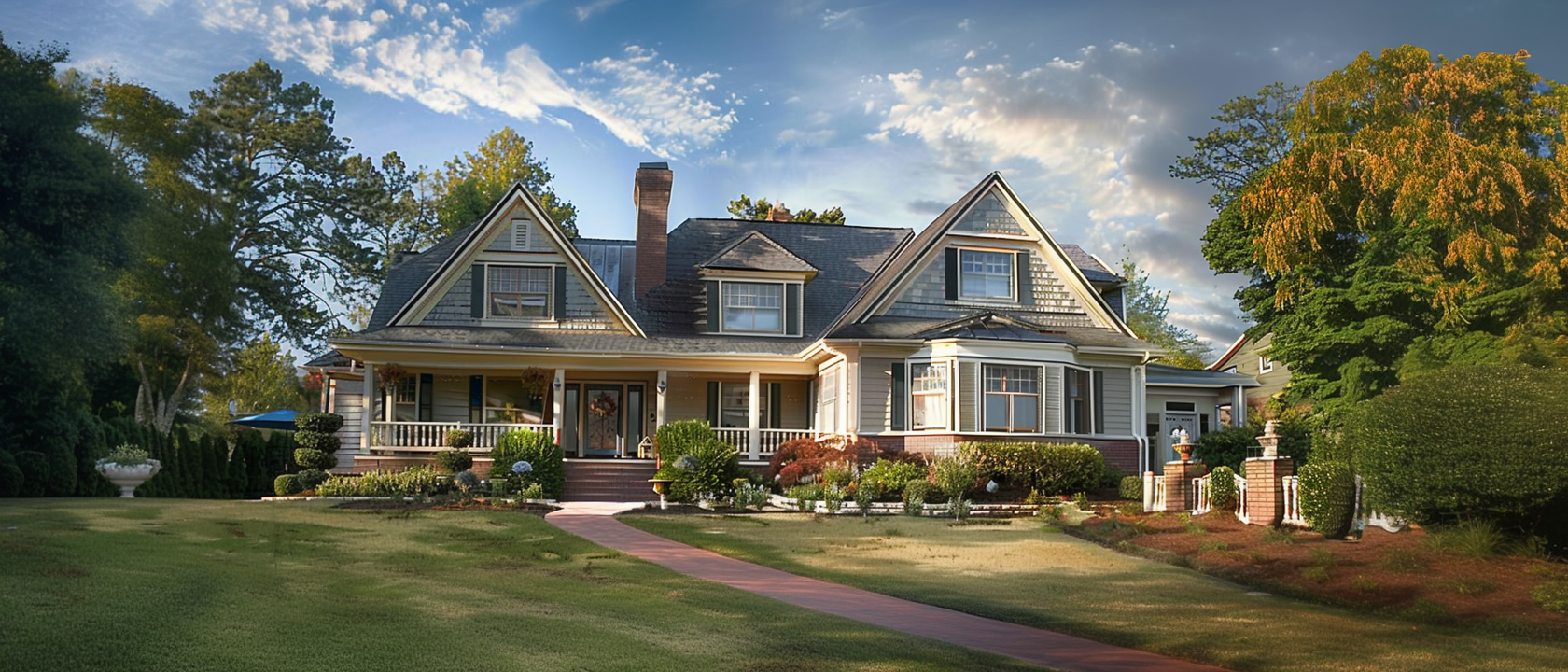

Zillow's survey shows only half of Americans can afford their childhood homes, underscoring a stark affordability gap.
In a recent survey by Zillow, a striking 44% of Americans have expressed a desire to purchase their childhood home if money were no obstacle. However, the reality of current housing prices means only half could afford to do so, with millennials and Gen Z adults particularly affected by the affordability gap.
Manny Garcia, a senior population scientist at Zillow, remarks, "It appears younger generations aren't just nostalgic for low-rise jeans and Barbie, but for a simpler time in their lives when home was a place of comfort and safety." Garcia highlights that these individuals associate their childhood homes with positive memories, free from the financial responsibilities they face today.
The Zillow survey reports that 62% of those born in the 1980s and 55% of those born in or after the 1990s would buy their childhood homes today, given the chance. Yet, 47% of '80s and 62% of '90s children admit they could not afford their childhood homes at today's market prices.
The study suggests that younger generations long for the housing market of the past, with its lower prices, is alive and well. However, their parents faced their own challenges, with mortgage rates reaching over 18% in 1981, making housing costs a significant burden at the time. The typical mortgage payment consumes nearly 40% of a median income today, well above the recommended affordability threshold.
The survey also delves into the features of past and present dream homes. As children, 77% and 73% of adults dreamt of a pool and home theater, respectively, and these features remain aspirational for many today. Nevertheless, practical amenities like air conditioning, walk-in closets, and laundry rooms are now prioritized by the majority of adults.
Generational differences in dream home features were also noted, with a significant gap in the desire for elevators and Jacuzzis between those born in the '90s and those from the '50s. Meanwhile, the iconic white picket fence was a common aspiration among earlier generations.
As the market stands, the emotional connection to childhood homes and the dream features of yesteryears continue to shape Americans' housing aspirations. Yet, the sobering reality of current housing prices and affordability challenges keeps these dreams largely unattainable for many, particularly the younger generations.